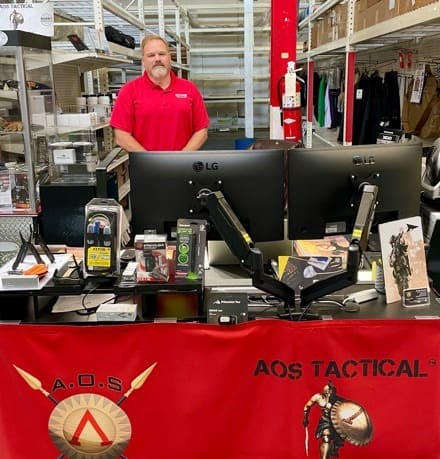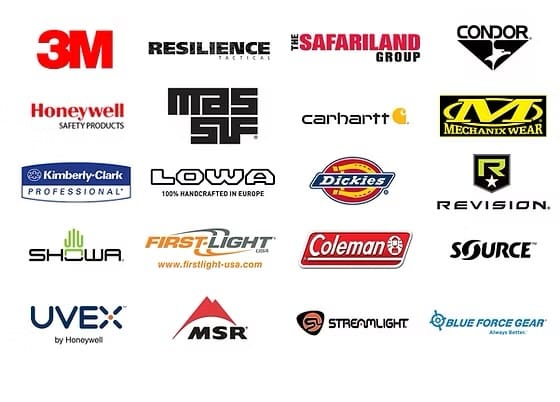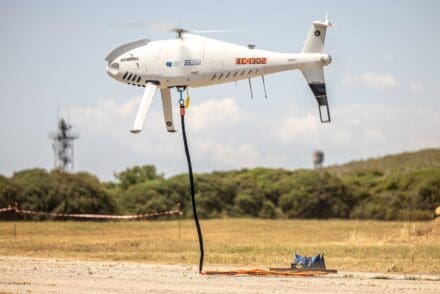
REDSTONE ARSENAL, Ala. – On the path to becoming a more data-centric organization, Army Materiel Command is leaning into advanced analytics and artificial intelligence, or A3I, to improve its operations.
“Data is no longer just a support function, it’s central to everything we do,” said Lt. Gen. Chris Mohan, AMC deputy commanding general and acting commander. “Our focus on A3I is about empowering our people to make smarter, faster decisions and deliver readiness with greater efficiency.”
Leveraging A3I demonstrates how the command is moving past simply collecting data from fragmented systems to proactively anticipating and solving challenges.
Existing Army systems, while individually capable, often operate in silos, lacking the interoperability needed for a comprehensive view of materiel readiness and limiting AMC’s ability to efficiently move and sustain operations. This is particularly critical given AMC’s complex mission set, which includes everything from ammunition production and vehicle maintenance to sustaining the Army’s global logistics operations.
In 2020, the Army acquired Vantage, integrating the data from systems like GCSS-Army and GFEBS into a unified analytics platform.
This paved the way for the “agility layer,” according to Dr. Chris Hill, AMC chief data and analytics officer and director of the AMC Analysis Group. The agility layer allows AMC employees to build their own apps and tools using the data in Vantage – helping them improve processes, streamline workflows, make better decisions, be more efficient, and ultimately improve the Soldier experience.
The command is already applying this concept with tools like Weapons System 360, which gives leaders a complete look at the Army’s supply chain, and ParaLine, an app that significantly reduces inventory processing time and improves property accountability for Soldiers.
But to fully harness the power of data, leaders believe a fundamental shift in operations is needed, starting with restructuring roles throughout the command. The change isn’t limited to those directly impacting materiel readiness, either, said Hill. Using and understanding and data is now critical for every function within AMC.
“In today’s complex and rapidly changing world, restructuring to fully leverage data is no longer a consideration – it’s a necessity. The benefits of data-driven insights will extend to all directorates, enabling more informed decisions and greater efficiency across the entire organization,” Hill said.
An upcoming order will establish data leads in each headquarters staff section who will be responsible for integrating A3I into daily operations. An AMCAG multi-functional team focused on A3I staff integration will support the data leads. Through a “train-the-trainer” methodology. AMCAG will help to build foundational data and analytics skills that allow the data leads to independently automate processes, build tools and dashboards, and leverage artificial intelligence to streamline operations.
While this transformation represents a significant shift for the workforce, early adoption across several AMC subordinate commands has demonstrated the strength of this organizational construct.
“We’re seeing great energy and innovation at our down trace units,” said Hill. “These teams aren’t waiting for direction. They’re identifying their own challenges and using the agility layer to solve them.”
Aviation and Missile Command is using tools like LAP360 to identify potential maintenance needs and supply availability challenges. Tank-automotive and Armaments Command is employing data analytics to predict vehicle failures and optimize maintenance schedules, and Army Contracting Command is leveraging data and implementing AI tools to identify trends and streamline the contracting process.
As AMC continues to unlock the potential of its data and workforce, this internal momentum will be key to supporting the mission, said Hill. A data-centric transformation is already gaining traction throughout the command, evidenced by an A3I insignia, created by Dr. Chelsea Jones, an operations research analyst in the AMCAG.
The A3I insignia will be featured on internal products to demonstrate the command’s commitment to driving sustainment, readiness and efficiency through data-driven innovation.
“This is about empowering our people to solve problems in new ways and more efficiently,” said Hill. “The A3I insignia is a reminder that data is now at the heart of everything we do.”
By Alyssa Crockett

























































































































